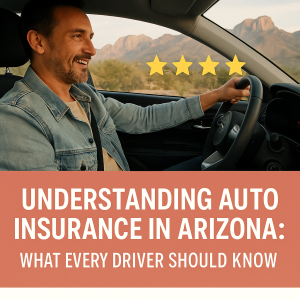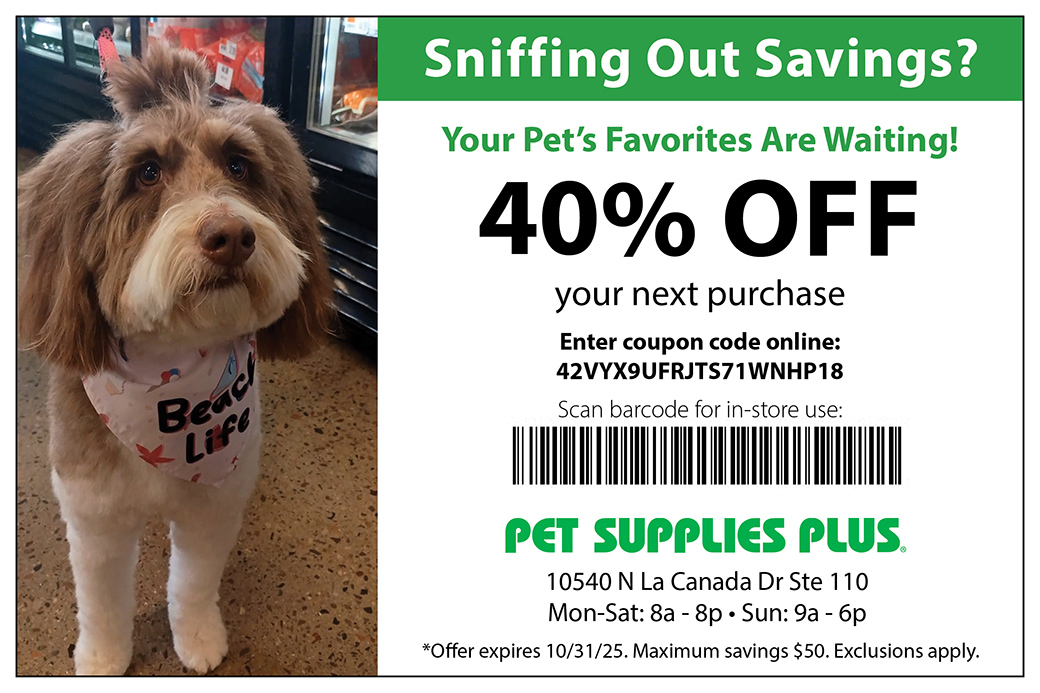Auto insurance is something every Arizona driver needs—but few truly understand. It’s required by law, marketed as protection, and sold as peace of mind. Yet, for many Oro Valley residents, it’s also a source of frustration. Rates rise for no obvious reason, claims can take weeks, and the fine print may turn a “full coverage” policy into something far less comprehensive than expected. This guide explains why rates are climbing, what coverage types actually do, and the smart steps you can take to protect your finances.
Why Rates Keep Rising
Premiums across Arizona have trended upward due to rising repair costs, medical expenses, and increased vehicle complexity. Today’s cars use sensors, cameras, and advanced driver assistance systems that are costly to repair and recalibrate after even minor collisions. Insurers also price risk using factors like ZIP code, credit score, claim history, and regional accident patterns. If incidents rise in the greater Tucson area—even if you’ve had none—your renewal may still reflect higher risk. In Arizona, new rate filings approved by the Department of Insurance and Financial Institutions (DIFI) can also affect renewals during the year.
“Full Coverage” Isn’t a Standard Policy
 “Full coverage” isn’t defined in law; it generally means a bundle of liability, collision, and comprehensive. The limits, deductibles, and exclusions vary substantially by company.
“Full coverage” isn’t defined in law; it generally means a bundle of liability, collision, and comprehensive. The limits, deductibles, and exclusions vary substantially by company.
- Liability: Pays others when you’re at fault. Arizona minimums are commonly described as 25/50/15 (injury to one / two+ / property damage). These limits rarely keep pace with modern repair and medical costs.
- Collision: Repairs your vehicle after a crash, regardless of fault.
- Comprehensive: Non-collision losses (theft, vandalism, hail, flood, fire, falling objects, animal strikes).
High-impact options to consider:
- Uninsured/Underinsured Motorist (UM/UIM): Covers you if the at-fault driver has no insurance or too little.
- Gap Coverage: For financed/leased vehicles, covers the difference between your car’s value and your loan/lease balance after a total loss.
- Rental Reimbursement: Pays for a temporary car while yours is being repaired.
- OEM Parts Endorsement: Helps ensure original manufacturer parts on newer vehicles.
Claims & Repairs: Know Your Rights
After a crash, you may be steered to a “preferred” shop, but in Arizona you can choose any licensed repair facility. Ask how parts will be sourced. Some carriers authorize aftermarket or refurbished components to control costs. If you want OEM parts, your policy should say so in advance. For total losses, payouts are based on actual cash value (market value minus depreciation), not replacement cost—request the valuation report and review the comparables for accuracy.
Telematics: Savings vs. Privacy
Usage-based programs use a mobile app or device to track acceleration, braking, speed, time of day, and sometimes location. Safe drivers may see discounts, but data is stored and analyzed by the insurer (and sometimes partners). Before you enroll, ask what’s tracked, how long it’s retained, and whether data can increase premiums later.
Arizona-Specific Tips
- Boost liability limits: One serious claim can exceed state minimums; consider higher limits or an umbrella policy.
- Comprehensive matters: Outdoor parking, monsoon storms, and desert debris make comprehensive planning valuable in Southern Arizona.
- Older cars, owned outright: If the market value is low, dropping collision coverage can be reasonable; keep comprehensive for theft/hail if the risk justifies it.
- Low-mileage drivers: Retirees, hybrid workers, and snowbirds may save with pay-per-mile or usage-based plans.
- Re-shop annually: Different carriers rate the same profile very differently; loyalty doesn’t guarantee the best price.
Bottom Line
The least expensive policy today can become the costliest tomorrow if it leaves you exposed. Review coverage annually, confirm deductibles fit your budget, add UM/UIM and gap where appropriate, and compare quotes on the same day with identical limits and deductibles. In a competitive Arizona market, informed drivers tend to save the most—and recover faster when things go wrong.









